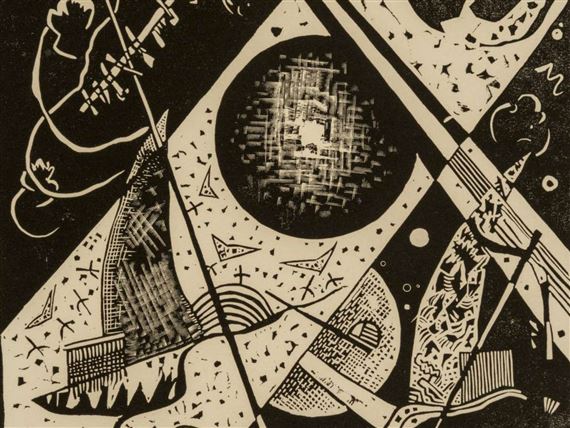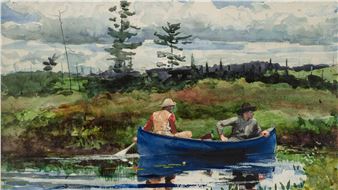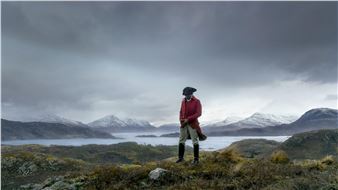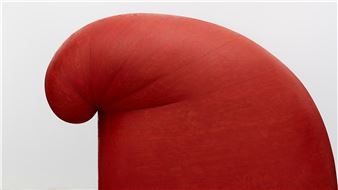Radical Geometries. Bauhaus Prints, 1919вҖ“33
The BauhausвҖ”GermanyвҖҷs legendary school of art, architecture, and designвҖ”was founded in Weimar by architect Walter Gropius in the spring of 1919. Gropius assembled an international group of faculty members including Josef Albers (German), Lyonel Feininger (American), Wassily Kandinsky (Russian), Paul Klee (Swiss), and LГЎszlГі Moholy-Nagy (Hungarian). The school relocated twice during its brief existence (to Dessau in 1925 and Berlin in 1932) before its closure by the Nazi regime in 1933, but its aesthetic of geometric abstractionвҖ”and its stated goals of collaboration across disciplines and harmony between form and functionвҖ”have had a lasting impact on the fields of architecture and industrial and graphic design.
вҖңRadical GeometriesвҖқ marks the 100th anniversary of the founding of the Bauhaus with a group of more than 60 works on paper, primarily prints but also a number of drawings, photographs, and ten of the 20 postcards designed by faculty and students for the first Bauhaus exhibition at Weimar in 1923. The objects on display are drawn primarily from the MFAвҖҷs collection, augmented with key loans from private collections. The recent gift of KandinskyвҖҷs dynamic portfolio of 12 prints Kleine Welten (little worlds), the artistвҖҷs magnum opus in printmaking, is shown in the exhibition for the first time.

Recommended for you
The BauhausвҖ”GermanyвҖҷs legendary school of art, architecture, and designвҖ”was founded in Weimar by architect Walter Gropius in the spring of 1919. Gropius assembled an international group of faculty members including Josef Albers (German), Lyonel Feininger (American), Wassily Kandinsky (Russian), Paul Klee (Swiss), and LГЎszlГі Moholy-Nagy (Hungarian). The school relocated twice during its brief existence (to Dessau in 1925 and Berlin in 1932) before its closure by the Nazi regime in 1933, but its aesthetic of geometric abstractionвҖ”and its stated goals of collaboration across disciplines and harmony between form and functionвҖ”have had a lasting impact on the fields of architecture and industrial and graphic design.
вҖңRadical GeometriesвҖқ marks the 100th anniversary of the founding of the Bauhaus with a group of more than 60 works on paper, primarily prints but also a number of drawings, photographs, and ten of the 20 postcards designed by faculty and students for the first Bauhaus exhibition at Weimar in 1923. The objects on display are drawn primarily from the MFAвҖҷs collection, augmented with key loans from private collections. The recent gift of KandinskyвҖҷs dynamic portfolio of 12 prints Kleine Welten (little worlds), the artistвҖҷs magnum opus in printmaking, is shown in the exhibition for the first time.
Artists on show
Contact details


 ARTISTS
ARTISTS














